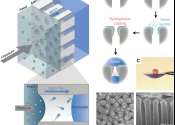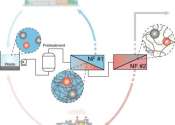New membrane filtering technology could help address water scarcity issues
Researchers at CU Boulder have developed a new membrane water filtration system based around air bubbles that can help address water scarcity issues around the world.
Jul 25, 2023
0
61









